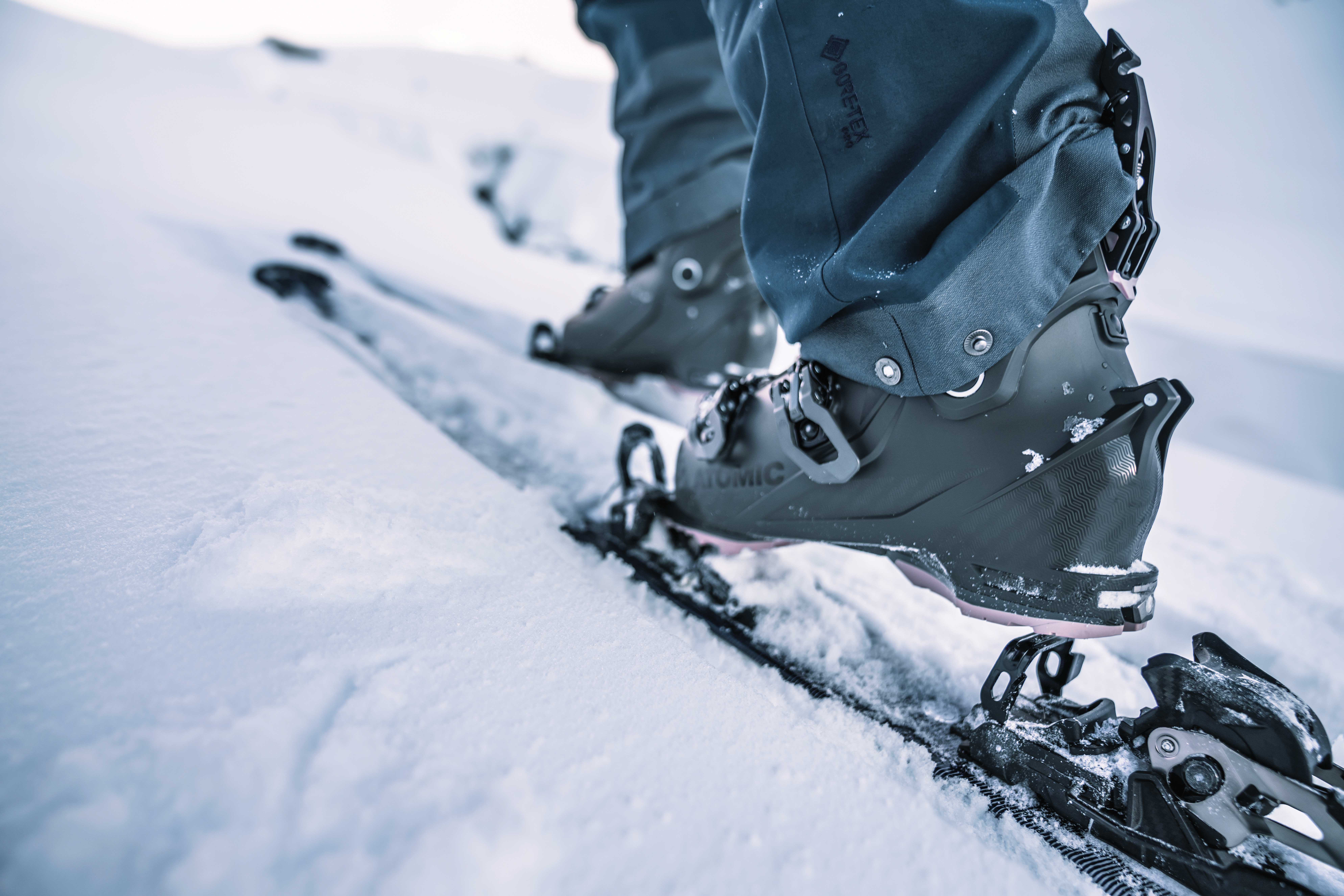Backcountry Beta – Beat the ski boot blister


Surely we have all suffered them? Or at least watched and winced at the pain endured by our ski buddies who have? But the simple blister can make the difference between a dream trip and a daily nightmare. Here’s a step-by-step battle plan to help you beat the blister and keep your tootsies in tip-top nick…
1. BOOT FITTING
Not too tight Josephine! AT boots move about all over the place, so that precision race fit when you buckle up can cause all sorts of trouble when you loosen off and skin uphill. Get your boots fitted by a shop that fully understands touring. When you do, take heed and notice the thickness of sock you wear for your fitting. If you try and cram something thicker in later on, you risk putting pressure in all the wrong places. For rental boots, take your own footbeds to make them your own, and prevent your foot sliding about. They may also help fill volume in the heel and lift the ankle into the heel cup – to reduce rubbing.
2. SOCK CHOICE
I cannot understand why people spend a fortune on boot fitting, just to wedge a cheap and nasty sock in there afterwards. It’s not ideal, but we are also likely to be wearing the same pair for several days on a tour. This is the interface between your skin and your boot liner – so buy the best quality you can afford.
Slick and simple designs (ideally in merino wool) are better than fancy and padded – especially if the pads just put pressure in the wrong places. Look for socks with as few seams as possible and the same, or similar, thickness to your boot fit. On longer tours, if I carry a spare, my second pair is ever-so-slightly-thicker to make up for the liner packing down a bit. It soon comes back when properly dried (at the start of the next tour).
Buy your socks small to beat the blister – there is nothing worse than a baggy sock wrinkling up in your boots and they need to stay snug for several days. Finally, no pilling, no bobbles, no bald patches. Chuck them out and replace when (or even better, before) they get too old.
3. MORNING CARE
Get a blister-reduction routine going on. Fit your socks with care and attention: snug, smug, dry, happy feet. Don’t be walking across the boot room and soak your socks (in who knows what) before you start your day. Carefully slide your socks on your feet; and your feet into your boots. A wrinkle or ruck now will be with you for the duration of the day. It is so much easier to sort it here, and beat the blister, in the warm and dry comfort of the boot room.
4. ON TOUR HOT SPOT ALERT!
Now, I am a fan of ‘no faff’ but this is the exception – stop ASAP if you get a hot spot. Any team should be happy to stop and do what it takes to prevent a hot spot becoming the real deal. Once they have blistered (and especially if they burst) it is all over – you are simply hanging in there on damage limitation from that point on.
If you catch a hot spot early, then duct tape is really good. Electrical tape is thinner and stretches to shape, so it works better for toes and wacky-shaped bits. Stretch it tightly on to shape it, then release the pressure and re-apply at a comfy fit. Whatever you use, you want a covering that is low volume and provides a slippy surface. Domestic blister pads and moleskin are often a nightmare: pads = pressure (when that is often exactly what we are trying to avoid); grippy fabric tapes simply rub and ruck on socks and boot liners.
Once you have a bona-fide blister, Compeed, second skin or hydro-colloid dressings are worth their weight in gold – but only if you apply them well. Warm them up (in a pocket or armpit), dry the skin thoroughly, and expect to leave them on for the rest of the tour. To reduce further friction, a well-fitting layer of slippery duct tape over the top works wonders.
5. THE LONG HAUL
Some people just seem to have delicate (or sweaty) skin and is prone to blisters, trip after trip. If this is you, you need to develop a prophylactic campaign to manage the long war of attrition. You might like to try an additional liner sock – but not if it simply means extra padding, pressure and more layers to ruck up. A silk stocking (honestly, no-one will ever know) under a thin ski sock can work brilliantly. One moves with your foot, the other with the boot – so long as they slip over each other, your skin remains friction free.
Finally, barrier creams, like chamois cream for cycling, or SudoCrem for nappy rash (which can be bought in tiny tubs and has antiseptic properties), work well for some. A quick search online will discover a wide range of balms and blister shields. My advice is to test them out before you tour – as it is a fine line between lubrication and simply softening an already sensitive surface! Once you find one that works, slap it on well in advance and pray for the best, following the top tips above day by day to beat the blister. Good luck!